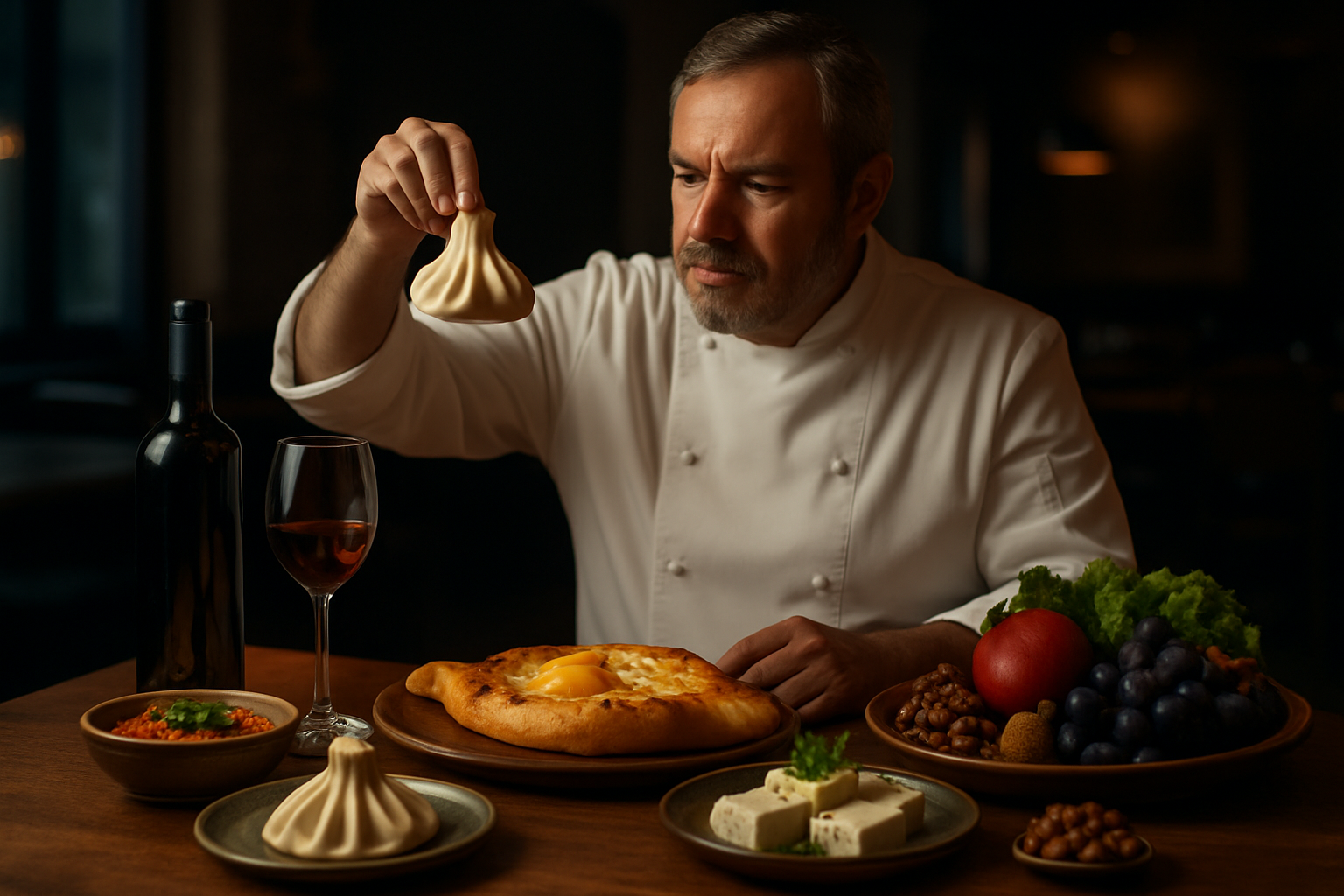Culinary Alchemy: The Art of Flavor Pairing
Embark on a sensory journey through the fascinating world of flavor pairing. Discover how unexpected combinations can create culinary magic, elevating dishes from ordinary to extraordinary. This exploration of taste synergies will revolutionize your approach to cooking and inspire you to experiment with bold, innovative flavor profiles in your kitchen.

The Science Behind Flavor Pairing
Flavor pairing is not just an art; it’s a science rooted in the chemical composition of ingredients. At its core, this culinary technique involves combining foods with shared flavor compounds to create harmonious and sometimes surprising taste experiences. The concept gained prominence in the early 2000s when food scientists began mapping the molecular similarities between various ingredients. This research led to the development of flavor pairing charts and databases, which chefs and home cooks alike now use to craft innovative dishes. Understanding the scientific principles behind flavor pairing allows us to push culinary boundaries and create taste sensations that challenge and delight our palates.
Unexpected Duos That Tantalize the Taste Buds
Some of the most intriguing flavor pairings often seem counterintuitive at first glance. Take, for instance, the combination of strawberries and black pepper. The sweetness of the berries is beautifully complemented by the spicy, aromatic notes of freshly ground black pepper, creating a complex flavor profile that’s both familiar and exotic. Another surprising duo is dark chocolate and blue cheese. The rich, bitter notes of dark chocolate find an unlikely partner in the pungent, creamy blue cheese, resulting in a taste experience that’s simultaneously indulgent and sophisticated. These unexpected pairings demonstrate how contrasting flavors can come together to create something truly extraordinary, encouraging us to think outside the box when it comes to flavor combinations.
Global Inspirations for Innovative Pairings
Drawing inspiration from diverse culinary traditions around the world can lead to exciting flavor pairings. In Japanese cuisine, for example, the umami-rich miso paste is often paired with sweet ingredients like mirin or fruit, creating a perfect balance of savory and sweet. Mexican cuisine offers the intriguing combination of chili and chocolate, a pairing that dates back to ancient Aztec times and continues to captivate taste buds today. Indian cuisine frequently combines cooling yogurt with spicy curries, demonstrating how temperature and texture can play a role in successful flavor pairings. By exploring these global flavor combinations, we can expand our culinary horizons and incorporate new, exciting tastes into our cooking repertoire.
The Role of Texture in Flavor Pairing
While flavor is paramount in culinary pairings, texture plays a crucial supporting role in creating memorable taste experiences. The interplay between different textures can enhance the overall sensory experience of a dish, making flavor pairings even more impactful. Consider the classic combination of crispy bacon and creamy avocado. The contrast between the crunchy, salty bacon and the smooth, buttery avocado creates a multidimensional taste sensation that’s greater than the sum of its parts. Similarly, the pairing of crisp apple slices with soft, tangy goat cheese offers a delightful contrast in textures that enhances the flavor interplay. By considering texture alongside flavor when crafting pairings, we can create dishes that are not only delicious but also texturally interesting and satisfying.
Experimenting with Flavor Pairings at Home
Armed with knowledge of flavor pairing principles, it’s time to unleash your creativity in the kitchen. Start by choosing a base ingredient and brainstorming potential flavor partners based on shared compounds or complementary taste profiles. Don’t be afraid to try unconventional combinations – some of the most delightful pairings are born from experimentation. Begin with small tastings to assess how flavors interact before incorporating them into full dishes. Keep a flavor journal to document your experiments, noting successful combinations and areas for improvement. Remember, there are no strict rules in flavor pairing – trust your palate and let your taste buds guide you. With practice and an open mind, you’ll soon develop a knack for creating innovative, delicious flavor combinations that will elevate your cooking to new heights.
Flavor Pairing Tips and Facts
• The flavor pairing theory suggests that foods with similar flavor compounds pair well together.
• Umami, the fifth taste, can enhance and balance other flavors in a pairing.
• Contrasting flavors (sweet and salty, for example) often create successful pairings.
• Herbs and spices can bridge flavors between seemingly incompatible ingredients.
• Wine and food pairings follow similar principles to flavor pairing in cooking.
• The aroma of food plays a crucial role in our perception of flavor pairings.
• Cultural background and personal experiences can influence our receptiveness to certain flavor combinations.
Culinary alchemy through flavor pairing opens up a world of possibilities in the kitchen. By understanding the science behind flavor combinations, drawing inspiration from global cuisines, and considering texture alongside taste, we can create dishes that surprise and delight. As you embark on your own flavor pairing adventures, remember that the most exciting discoveries often come from bold experimentation. So, let your curiosity guide you, trust your palate, and don’t be afraid to challenge conventional flavor wisdom. The next great culinary innovation might just be a unexpected pairing away.





